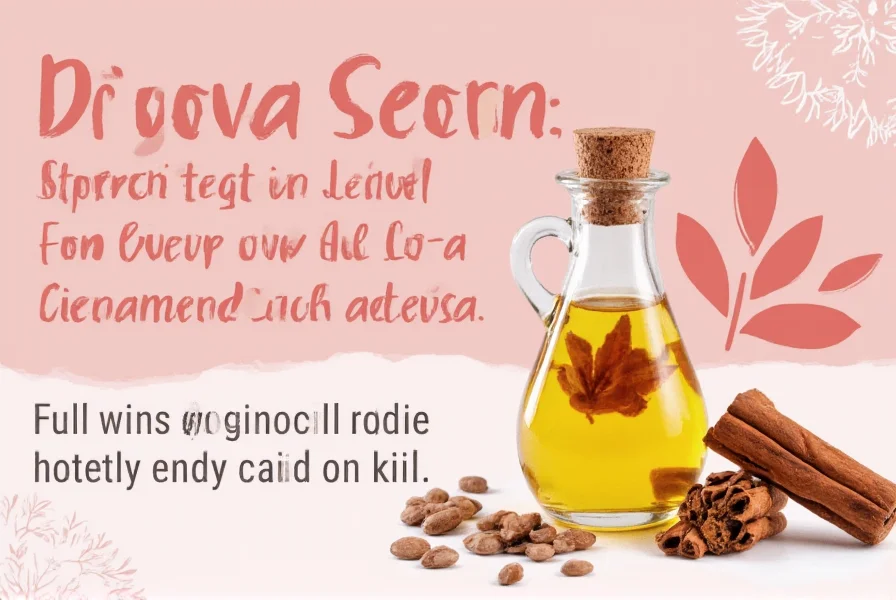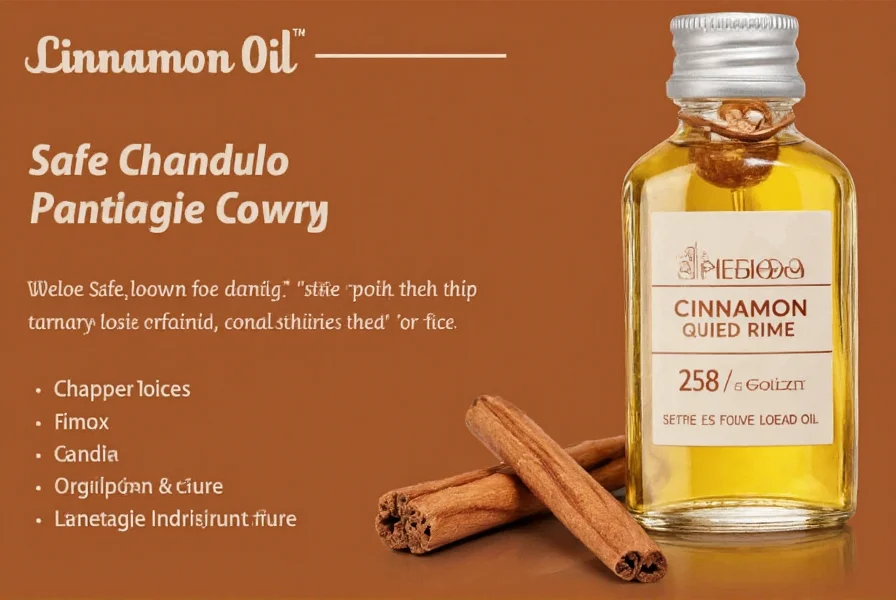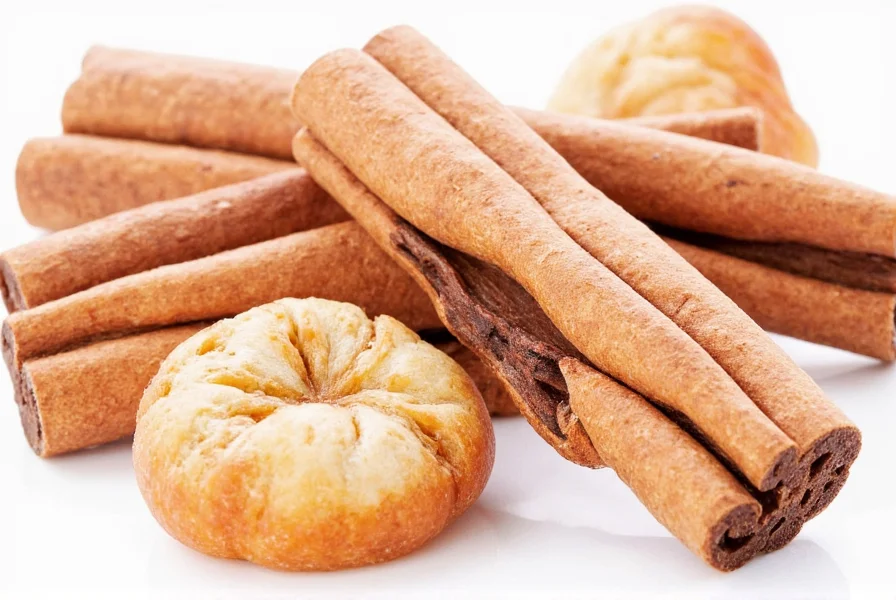When incorporating cinnamon oil into candy recipes, understanding proper usage is essential for both flavor quality and safety. Unlike ground cinnamon or cinnamon extract, cinnamon oil delivers an intensely concentrated flavor that requires careful measurement. This guide provides candy makers with evidence-based information on safely and effectively using cinnamon oil in confectionery applications.
Understanding Cinnamon Oil Types for Candy Making
Cinnamon oil comes in several varieties, but only specific types are suitable for candy production. Food-grade cinnamon oil, often labeled as “GRAS” by the FDA, contains only pure cinnamon compounds extracted through steam distillation without harmful solvents. This differs significantly from aromatherapy or cosmetic-grade cinnamon oil, which may contain carrier oils or alcohol bases not approved for consumption.
Candy makers should specifically seek products labeled “food-grade,” “for culinary use,” or bearing the FEMA GRAS certification. The concentration of cinnamaldehyde—the primary flavor compound—typically ranges from 65-80% in food-grade cinnamon oil, providing that distinctive spicy-sweet profile candy enthusiasts expect.

Proper Dilution Ratios for Candy Applications
Overuse of cinnamon oil creates an unpleasant burning sensation rather than the desired warm spice flavor. The optimal dilution depends on candy type and desired intensity:
| Candy Type | Recommended Cinnamon Oil | Notes |
|---|---|---|
| Hard Candy | 1-2 drops per pound | Add during final cooking stage |
| Chewy Candy | 2-3 drops per pound | Mix with other liquid ingredients |
| Chocolate Truffles | 1 drop per 8 ounces | Combine with warm cream |
| Fondant | 1-2 drops per cup | Mix with extract for balanced flavor |
Safety Considerations for Cinnamon Oil in Confectionery
Cinnamon oil's potency requires careful handling to prevent adverse reactions. The FDA considers food-grade cinnamon oil safe for consumption at appropriate levels, but exceeding recommended amounts can cause oral irritation or digestive discomfort. Always perform a small test batch before scaling up production to verify flavor balance.
Professional candy makers should note that cinnamon oil concentration varies between suppliers. When switching brands, recalibrate your measurements as a 1% difference in cinnamaldehyde concentration significantly impacts final flavor. Store cinnamon oil in amber glass containers away from light and heat to maintain potency—properly stored, it retains quality for 12-18 months.
Flavor Profile Comparison: Oil vs. Other Cinnamon Forms
Cinnamon oil delivers a cleaner, more intense spice note compared to ground cinnamon or liquid extracts. While ground cinnamon adds texture and a more earthy flavor, cinnamon oil provides pure aromatic compounds without particulates. This makes it ideal for clear hard candies or smooth chocolate applications where texture matters.
When substituting cinnamon oil for other cinnamon forms, use this conversion guide:
- 1 drop cinnamon oil = 1/8 teaspoon ground cinnamon
- 1 drop cinnamon oil = 1/2 teaspoon cinnamon extract
- 1 drop cinnamon oil = 1 cinnamon stick (simmered for 30 minutes)
Common Mistakes to Avoid with Cinnamon Oil
Many candy makers encounter issues when first using cinnamon oil. The most frequent errors include:
- Using non-food-grade oil intended for aromatherapy
- Adding oil to hot sugar above 250°F (causes flavor evaporation)
- Measuring drops inaccurately (use calibrated droppers)
- Not accounting for flavor development during curing
- Combining with incompatible flavors like strong mints
For optimal results, add cinnamon oil when candy mixtures reach 180-200°F, allowing proper incorporation without thermal degradation. Remember that cinnamon flavor intensifies slightly during the first 24 hours of curing, so slightly under-season your initial batches.

Regulatory Compliance for Commercial Production
Commercial candy producers must adhere to specific regulations when using cinnamon oil. In the United States, the Flavor and Extract Manufacturers Association (FEMA) GRAS 2307 designation covers cinnamon oil use in confectionery. The maximum permitted level is 100 ppm (parts per million) in final products, though most recipes use significantly less for palatable results.
When labeling products containing cinnamon oil, list it as “cinnamon flavor” or “natural flavor” according to FDA guidelines. Always maintain documentation of your cinnamon oil's food-grade certification in case of regulatory inspection. International producers should verify compliance with local food additive regulations, as permitted levels vary by country.











 浙公网安备
33010002000092号
浙公网安备
33010002000092号 浙B2-20120091-4
浙B2-20120091-4